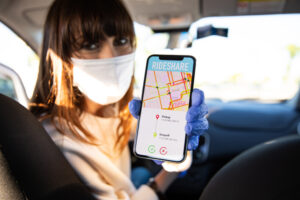 By Brandy Stanley, CAPP
By Brandy Stanley, CAPP
TNCs are not a new phenomenon, but handling them effectively to reduce the congestion they cause and move people through the downtown core is quite a challenge.
The City of Las Vegas is taking a two-pronged approach to helping TNCs do business downtown:
- Using large kiosks with visual cues to help TNC drivers understand where to pick up and drop off passengers and how long they can stay there is proving to be a highly effective strategy for managing precious curb space in busy areas.
- To get TNCs out of traffic circulation while they wait for the next ride, the city has identified empty parking assets to offer to these drivers. Providing a place to use the restroom, access WiFi, and rest keeps the drivers happier as well as clearing up the streets.
These two programs have been evolving since prior to COVID and continue to evolve as the city emerges from the pandemic; they involve extensive technology, marketing, stakeholder involvement, and partnerships with the TNCs and local businesses. There are also plenty of lessons learned and “back to the drawing board” moments, as is often the case when blazing a trail.
Brandy Stanley, CAPP, is parking services manager for the City of Las Vegas. She will present on this topic at the 2021 IPMI Parking & Mobility Conference & Expo, Nov. 29 – Dec. 3, in Tampa, Fla. Click here for details and to register.

 Transportation network companies (TNCs) such as Uber and Lyft will need to transition to electric vehicles in California by 2030, the state legislature mandated last week.
Transportation network companies (TNCs) such as Uber and Lyft will need to transition to electric vehicles in California by 2030, the state legislature mandated last week.
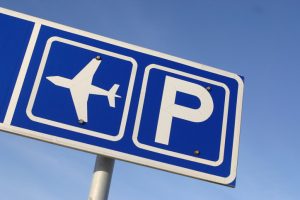 Officials at Hartsfield-Jackson Atlanta International Airport say parking demand is down so much that a planned garage expansion is no longer necessary, and they say ride-share is behind the drop.
Officials at Hartsfield-Jackson Atlanta International Airport say parking demand is down so much that a planned garage expansion is no longer necessary, and they say ride-share is behind the drop.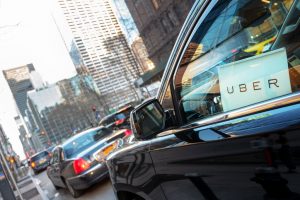 After drivers switched their profile photos for those of other drivers in Uber’s system, London’s transportation authority refused to renew the ride-share operator’s license. Passengers were picked up by the wrong driver more than 14,000 times, the authority said, after photo swaps were made in the company’s main system; passengers saw a name that didn’t match up with the photo or the driver who showed up. The authority said that also meant some drivers were uninsured and even unlicensed.
After drivers switched their profile photos for those of other drivers in Uber’s system, London’s transportation authority refused to renew the ride-share operator’s license. Passengers were picked up by the wrong driver more than 14,000 times, the authority said, after photo swaps were made in the company’s main system; passengers saw a name that didn’t match up with the photo or the driver who showed up. The authority said that also meant some drivers were uninsured and even unlicensed.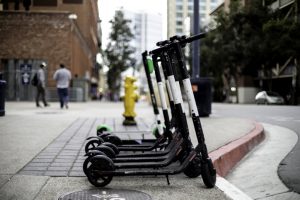 By Nathan Donnell
By Nathan Donnell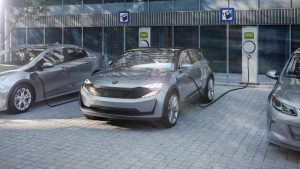 Travelers in Eugene, Ore., can use an app to summon a free ride in an electric vehicle during the workweek starting today. It’s a pilot program, and organizers say local business owners, including owners of downtown shops and restaurants, need to help promote it to make it work.
Travelers in Eugene, Ore., can use an app to summon a free ride in an electric vehicle during the workweek starting today. It’s a pilot program, and organizers say local business owners, including owners of downtown shops and restaurants, need to help promote it to make it work.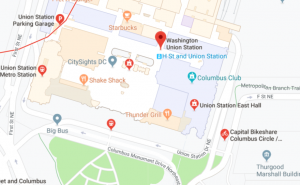
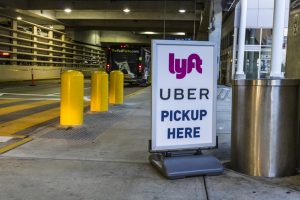 New Jersey Governor Phil Murphy last week signed a law requiring ride-share (TNCs) vehicles to display more identifying information. The law came after the murder of a woman who got into a vehicle she believed to be an Uber.
New Jersey Governor Phil Murphy last week signed a law requiring ride-share (TNCs) vehicles to display more identifying information. The law came after the murder of a woman who got into a vehicle she believed to be an Uber. By Tim Maloney
By Tim Maloney